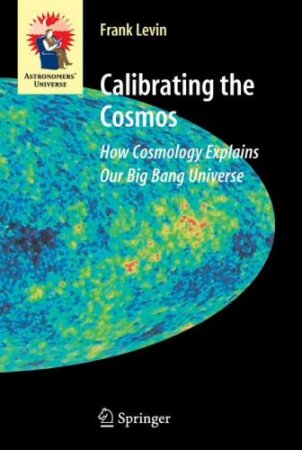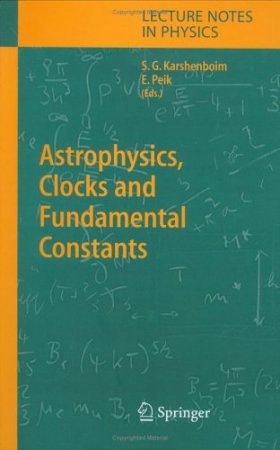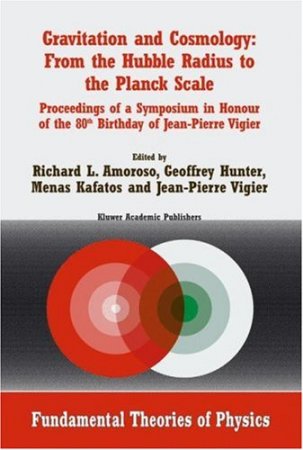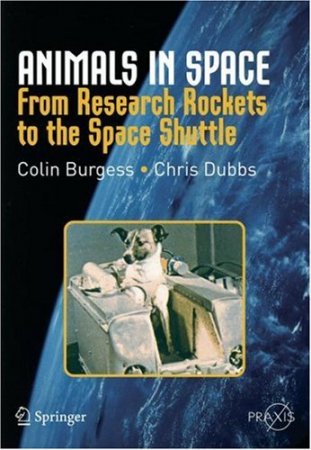НавигацияАрхив новостейСтатистика |
A Briefer History of Time (Audiobook)Stephen Hawking's worldwide bestseller, A Brief History of Time, has been a landmark volume in scientific writing. Its author's engaging voice is one reason, and the compelling subjects he addresses is another: the nature of space and time, the role of God in creation, the history and future of the universe. But it is also true that in the years since its publication, readers have repeatedly told Professor Hawking of their great difficulty in understanding some of the book's most important concepts. Breakthroughs in ScienceTwenty six far-reaching discoveries and the twenty nine scientists who made them-from Archimedes, who boasted he could move the world, to Goddard, who sent the first liquid-fuel rocket toward space. These men of vision and genius set their sights beyond the known to bring about bold advances in scientific thinking and enlarge our knowledge of man and his environment. By Asimov from almost 50 years ago. The Physics of Star Trek & Beyond Star Trek: Physics from Alien Invasions to the End of Time“Lawrence M. Krauss's publishing record reveals his knowledge of dark matter, cosmic strings, baryon number violations at the electroweak scale - and the mysterious, sometimes bogus TV "science" that the Star Trek generation cut its teeth on. Krauss's previous book, The Physics of Star Trek, was readable, educational, and clever, never talking down to the layman or trivializing physics. Astrophysics, Clocks and Fundamental ConstantsThe question of a possible temporal variation of the fundamental constants was raised by Paul Dirac in his "large number hypothesis" in 1937. Today it appears in the context of the search for a unified theory of the fundamental interactions. It touches both fundamental and applied physics, as the postulate of the unalterability of the constants is the foundation for modern metrology. The book presents reviews written by leading experts in the field. Focussing on the question of variations of the fundamental "constants" in time or space, the chapters cover the theoretical framework in which variations are expected and the search for variations of quantities like the fine-structure constant, the electron/proton mass ratio, g-factors of proton and neutron etc. in astrophysical and geophysical observations and in precision experiments with atomic clocks and frequency standards. Astrobiology: Future PerspectivesAstrobiology, a new exciting interdisciplinary research field, seeks to unravel the origin and evolution of life wherever it might exist in the Universe. The current view of the origin of life on Earth is that it is strongly connected to the origin and evolution of our planet and, indeed, of the Universe as a whole. We are fortunate to be living in an era where centuries of speculation about the two ancient and fundamental problems: the origin of life and its prevalence in the Universe are being replaced by experimental science. The subject of Astrobiology can be approached from many different perspectives. This book is focused on abiogenic organic matter from the viewpoint of astronomy and planetary science and considers its potential relevance to the origins of life on Earth and elsewhere. Guided by the review papers in this book, the concluding chapter aims to identify key questions to motivate future research and stimulate astrobiological applications of current and future research facilities and space missions. Today’s rich array of new spacecraft, telescopes and dedicated scientists promises a steady flow of discoveries and insights that will ultimately lead us to the answers we seek. Gravitation and Cosmology: From the Hubble Radius to the Planck ScaleThe volume has a unique perspective in that the chapters, the majority by world-class physicists and astrophysicists, contrast both mainstream conservative approaches and leading edge extended models of fundamental issues in physical theory and observation. For example in the first of the five parts: Astrophysics & Cosmology, papers review Bigbang Cosmology along with articles calling for exploration of alternatives to a Bigbang universe in lieu of recent theoretical and observational developments. This unique perspective continues through the remaining sections on extended EM theory, gravitation, quantum theory, and vacuum dynamics and space-time; making the book a primary source for graduate level and professional academics. Animals in Space: From Research Rockets to the Space ShuttleMany readers will doubtless be astonished to learn that animals were being fired aloft in U.S. and Soviet research rockets in the late 1940s. In fact most people not only believe that the Russian space dog Laika was the first canine to be launched into space, but also that the high-profile, precursory Mercury flights of chimps Ham and Enos were the only primate flights conducted by the United States. In fact, both countries had sent literally dozens of animals aloft for many years prior to these events and continued to do so for many years after. Other latter-day space nations, such as France and China, would also begin to use animals in their own space research. Advanced AstrophysicsAstronomy describes the mechanics of the universe in the more basic language of physics, otherwise known as "astrophysics". Knowledge of black holes, quasars and extrasolar planets requires understanding of the physics underlying astrophysics. This book clarifies the fundamental principles of the field as well as the important astronomical phenomena it describes. Readers will gain a greater appreciation of the connection between physics and astronomy. |
ПопулярноеКалендарь
ОпросОцените дизайн сайта
Немного рекламы |
|||||||||||||||||||||||||||||||||||||||||||||||||









